No group tours for the last week, but a series of single-day Private Tours. No time to write up each one individually, so here are some highlights from the last week. The weather has been dry, bright and mostly sunny, but with a cold north wind at times which has made it chilly on the coast on some days, but warm out of it and when it drops.
Waders are continuing to come through, on their way north to breed, at the moment. The rarest of them was a Broad-billed Sandpiper which spent a couple of hours on a pool from the seawall at Burnham Deepdale on Thursday. We were just heading out when news came through and decided to head straight over. It was always a bit distant – too far for photos – but we were lucky as it was flushed by a Marsh Harrier and flew off just after we left. A Bittern flew past while we were there too!
There have been good numbers of Temminck’s Stints along the coast this week, with multiple birds at several locations. This one was at Titchwell yesterday.
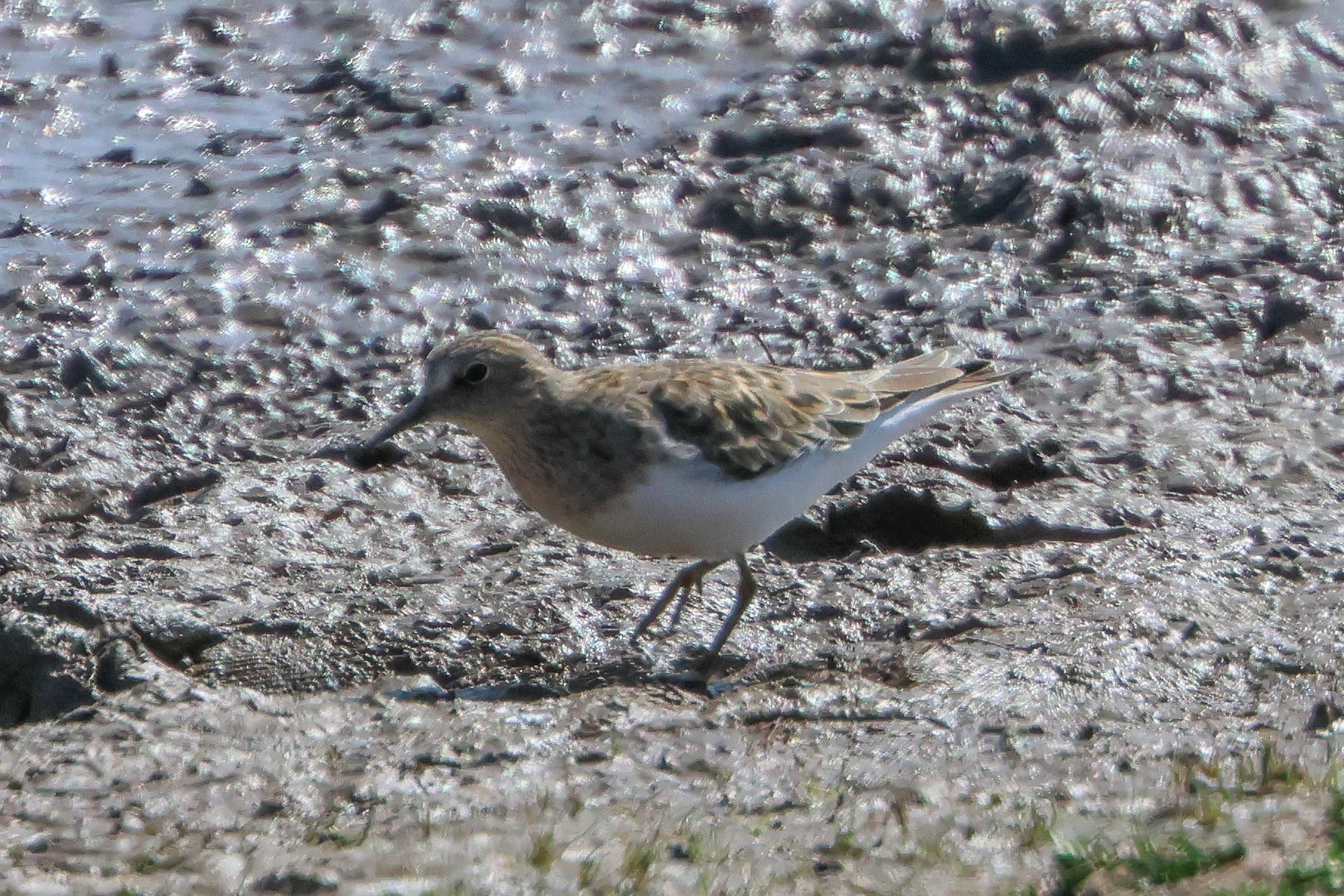
There have been small numbers of Wood Sandpipers stopping off here too this week. A few Ruff continue to linger and any males are now starting to get their outlandish colourful breeding headgear. Grey Plovers and Sanderling are always among the latest species to head up to their arctic breeding grounds and some of them are looking particularly smart in breeding plumage now.
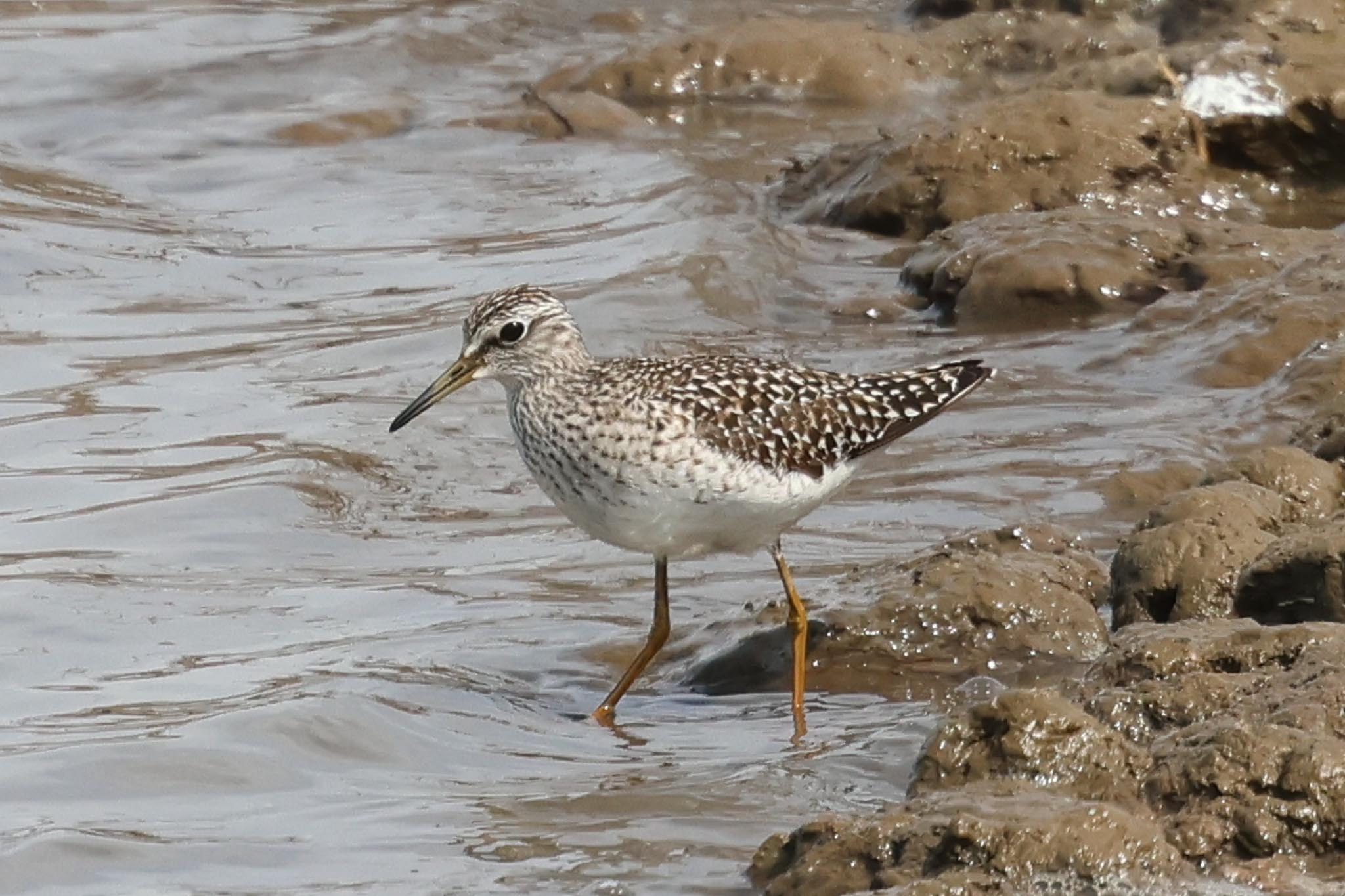
Our breeding season is now well underway, with lots of juvenile Avocets and Lapwings hatching now and the Little Ringed Plovers are very active, displaying.
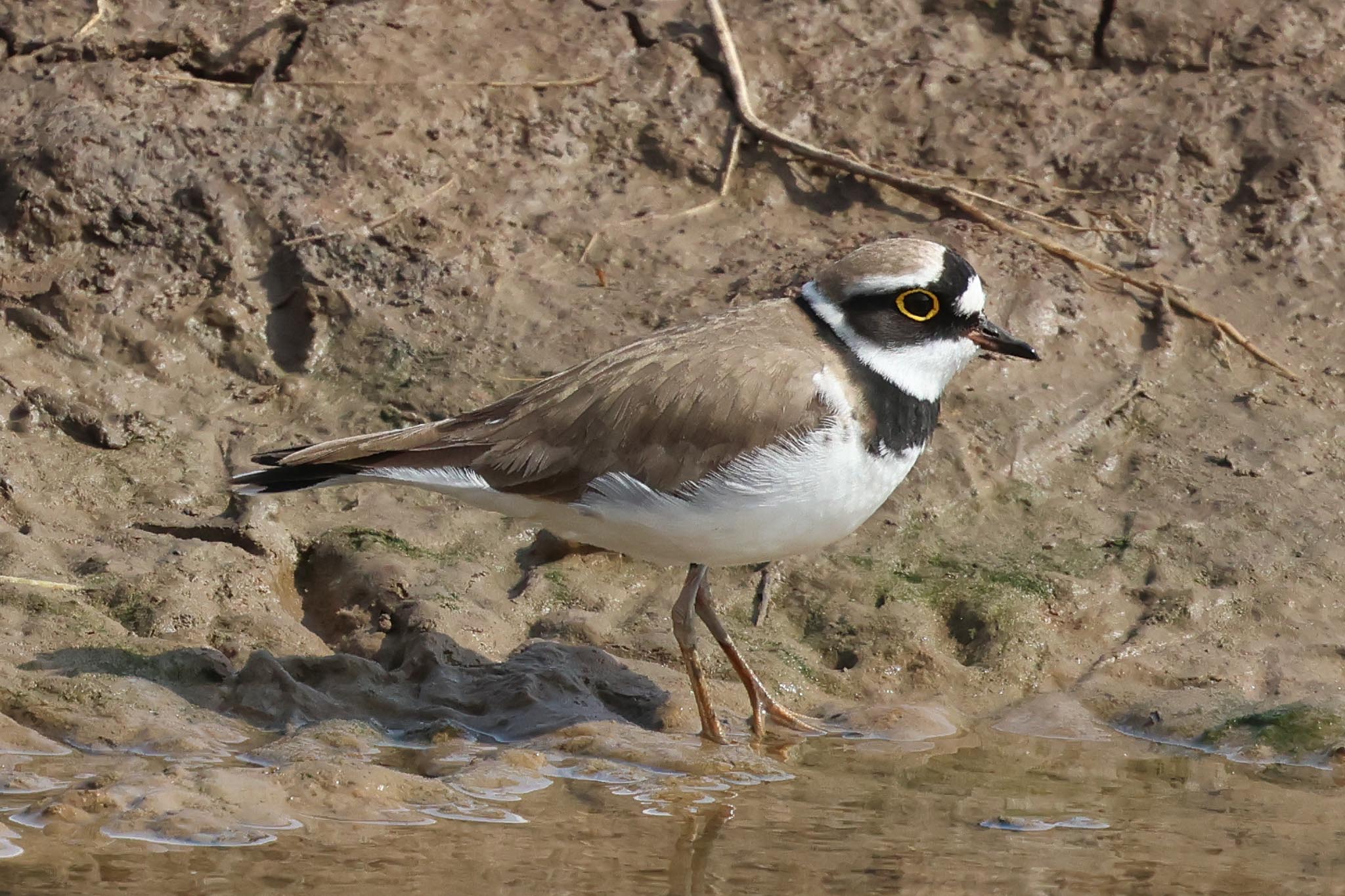
Among our other scarcer summer visitors, the Turtle Doves continue to perform – we have spent several mornings out listening to them purring and watching them in the hawthorn blossom and display flighting overhead. There are still one or two Garganey around too, which have been showing most days, although one of the drakes at least is already starting to moult out of its smart breeding plumage. For some species, the breeding season is largely over already!
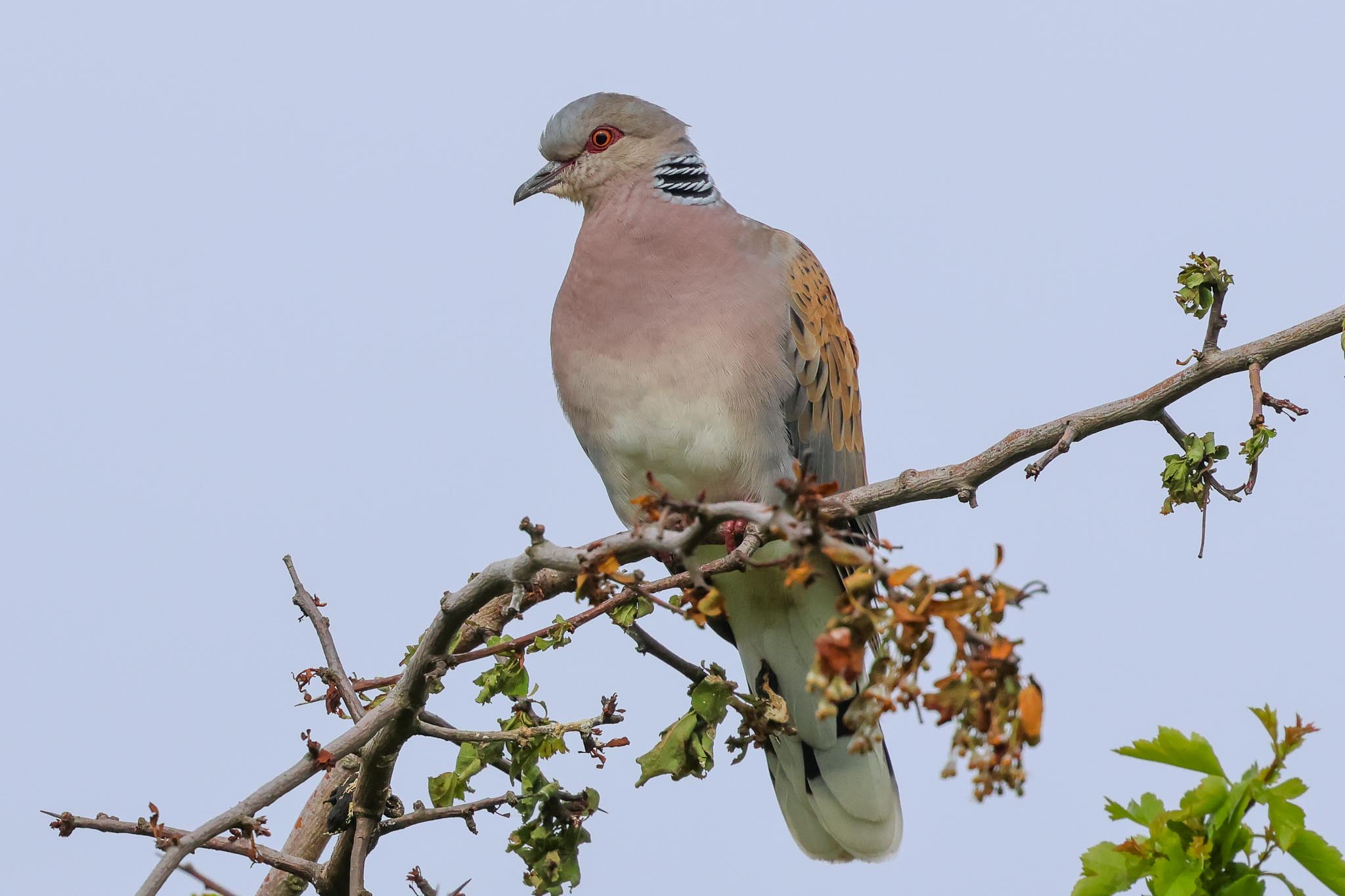
One of the other highlights at Titchwell this last week has been the Little Gulls, which have been showing very well hunting over the freshmarsh, often close in front of Island Hide. Up to four, and all 1st summers at the moment, they have been showing off the black ‘w’ pattern across their upperwings. The Mediterranean Gulls are looking very smart now in breeding too.
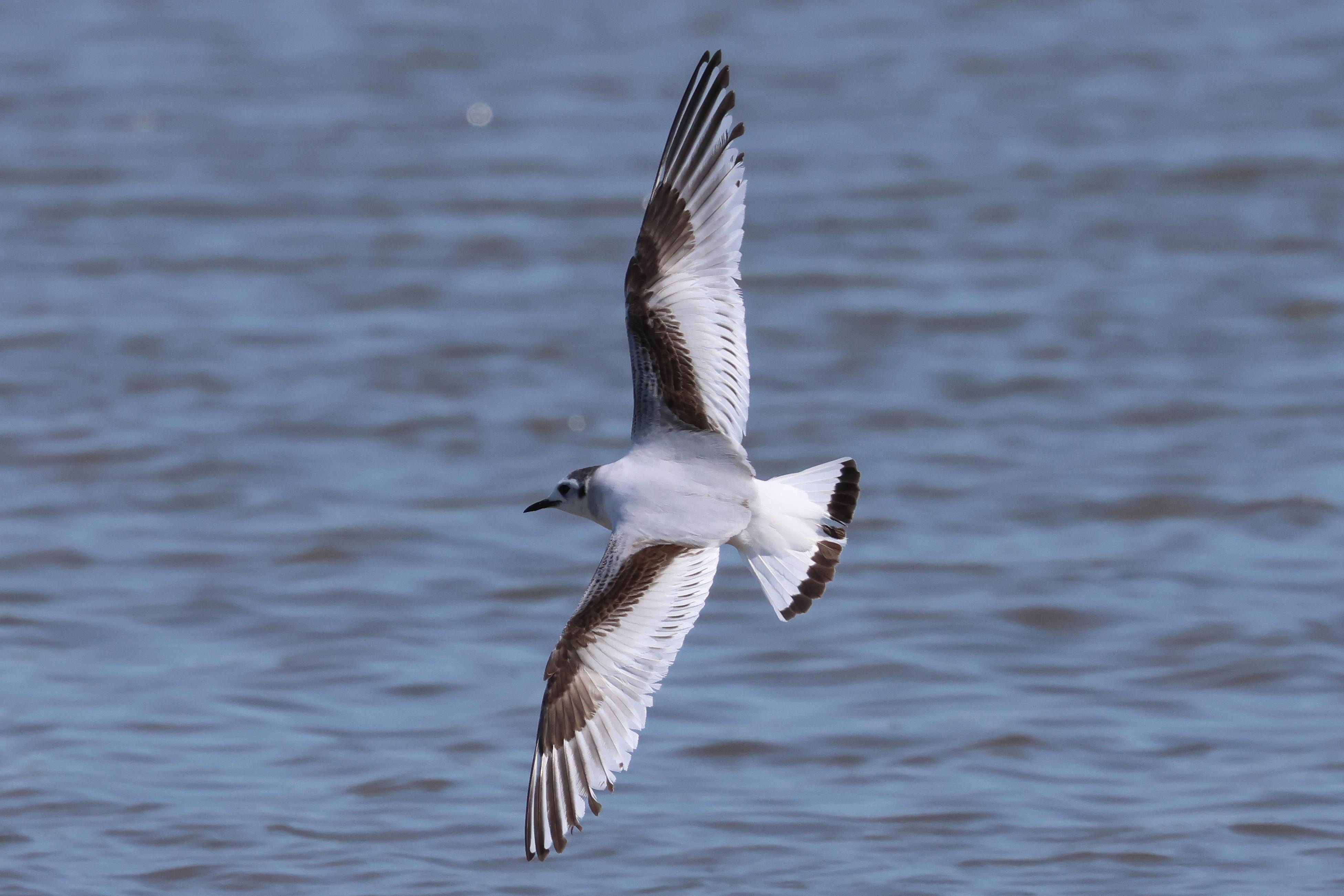
There have been some surprises too. On Friday, we had just left Titchwell at the end of the day and were driving back inland when we glimpsed a very slim-looking harrier which appeared briefly over the hedge. Cue an emergency stop! We found somewhere to pull off the road and managed to climb up to look over the hedge just in time to see a young (2nd calendar year) Montagu’s Harrier working its way away over the fields to the west. On our way back on another day, a Goshawk flew over the road in front of us.
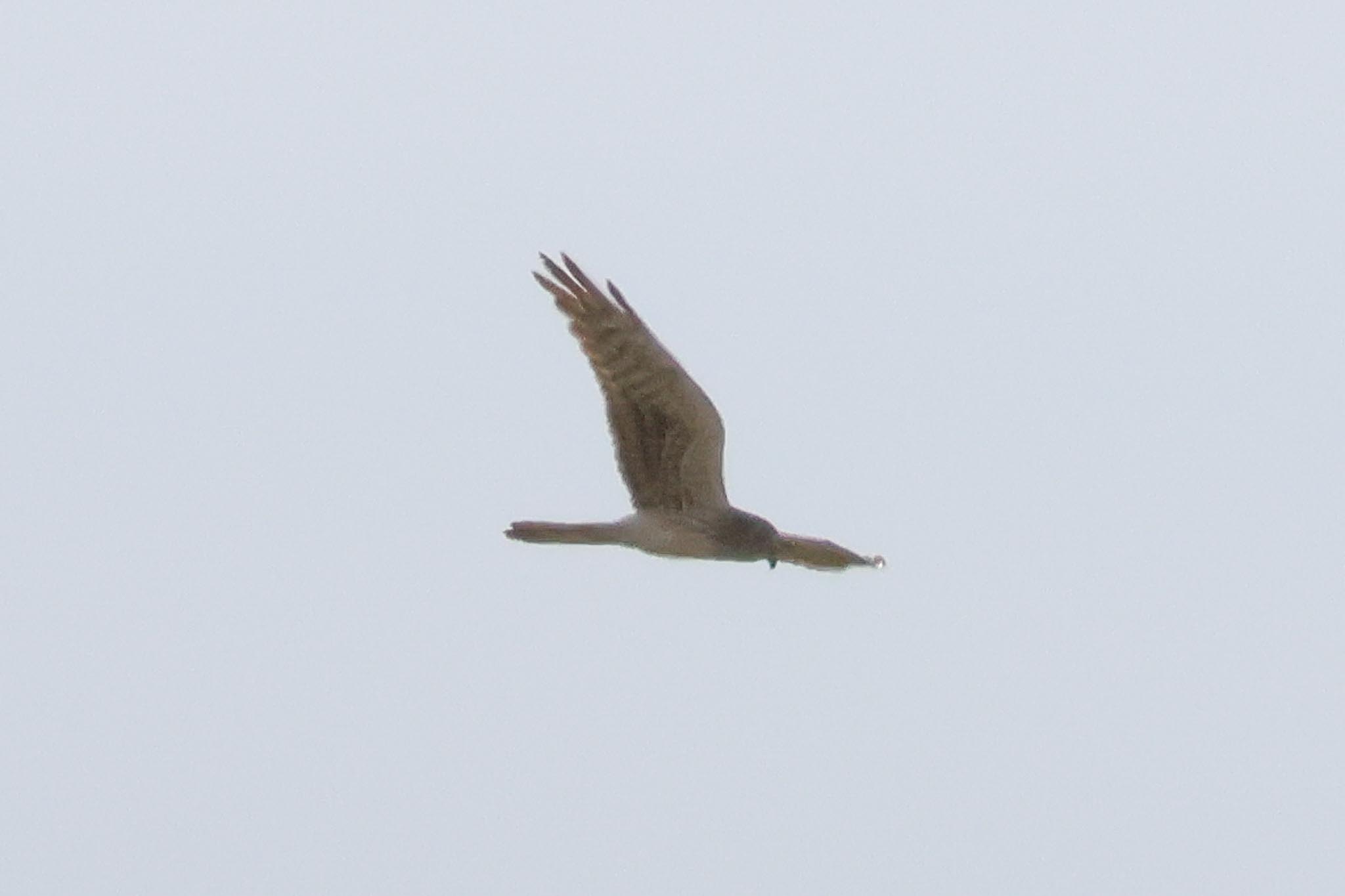
Not a tour, but a trip out east to see family on Saturday was conveniently combined with a visit to see the Caspian Tern at Hickling. Also a 1st summer, on some days it has been showing very well on Brendan’s Marsh, between feeding out over the surrounding broads.
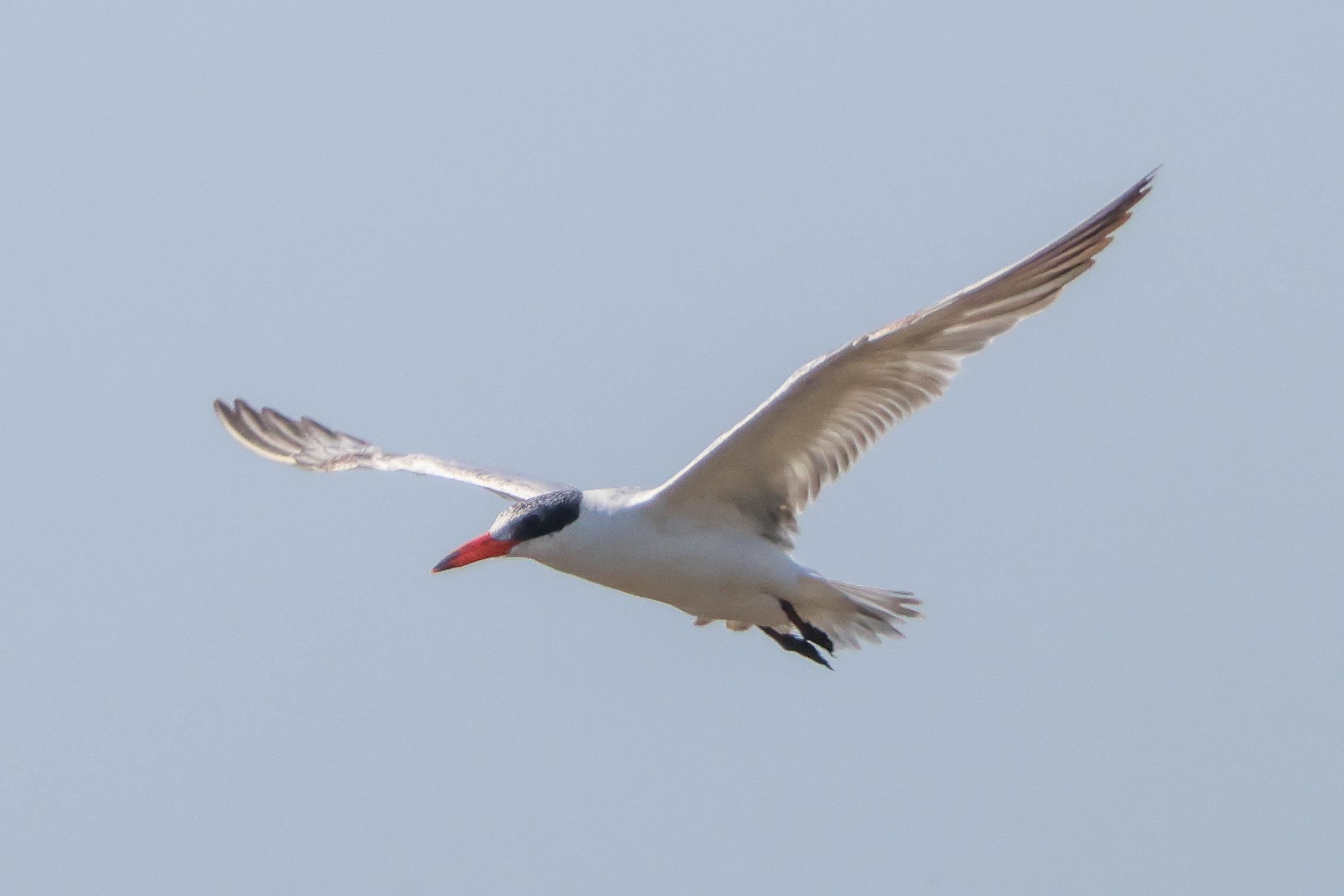
The Common Cranes were also showing well here, with several birds flying over. Another Temminck’s Stint was on Brendan’s Marsh too and a Hobby flew in over the reeds.
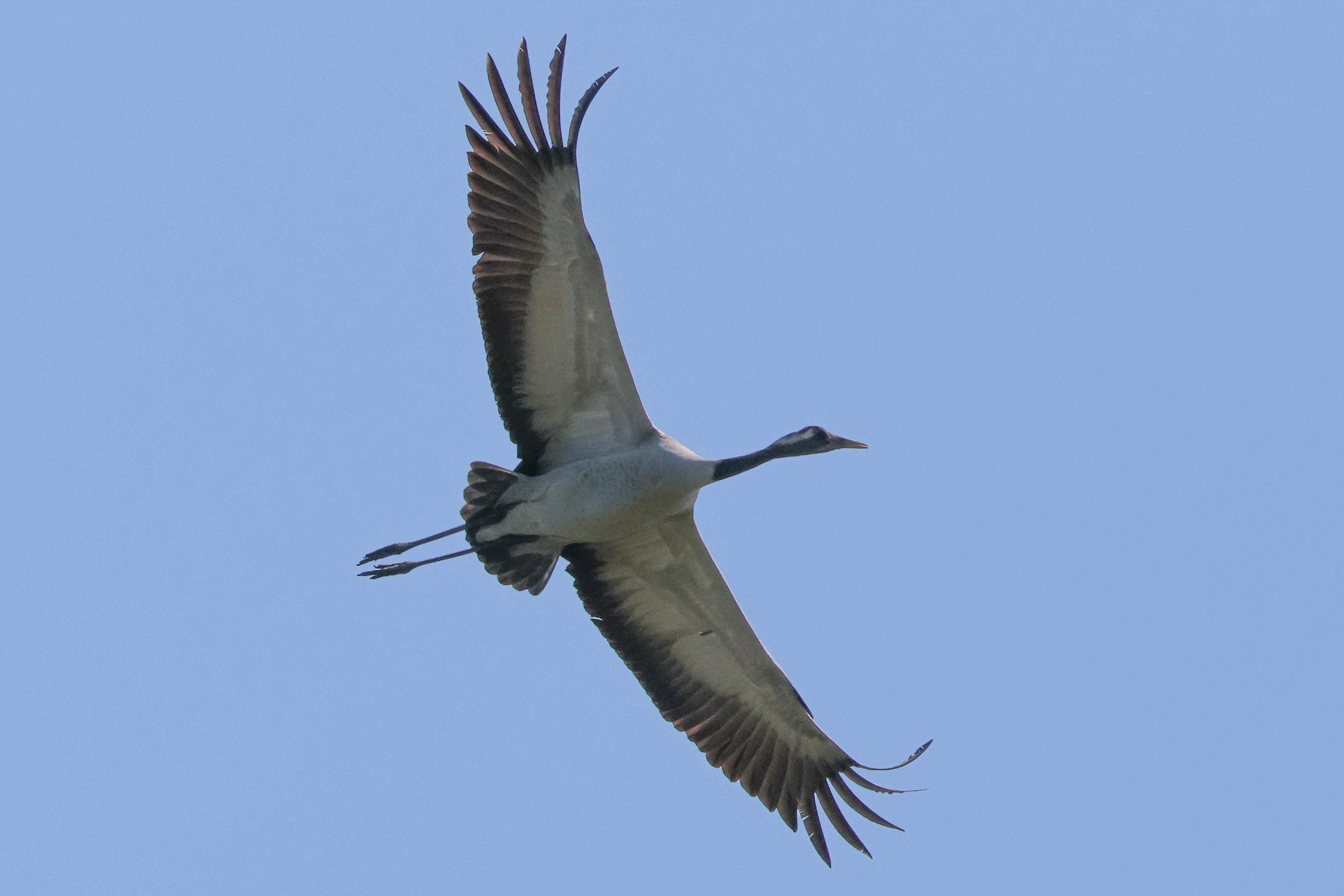
But the big surprise at Hickling was hearing a liquid ‘quilp’ call behind and turning to see 12 Bee-eaters flying towards us at eye level! They swept straight past and disappeared off towards Horsey Mere. The previous day, they had been in Yorkshire, heading south along the coast and roosting overnight at Gibraltar Point in Lincolnshire. They had been watched heading off south at about 9.15am, but money would have been on them following the coast or heading due south through the Fens. What chance them overflying the middle of the Broads where people happened to be gathered watching the Caspian Tern?! Will they settle down to breed somewhere again?
Hopefully the excitement will continue for the coming weeks. Nightjars are now in, and we are starting to spend our evenings out watching and listening to them out on the heaths. With the warmer weather, insects are starting to emerge and the first Swallowtails have been seen down in the Broads in the last couple of days. We still have spaces on our Summer 3-day Tour on 9th-11th June, so if you like the sound of Nightjars, Stone Curlews, Cranes and Bitterns, Swallowtails and more, you would be very welcome to join us. There may even be some more surprises to come too.
















